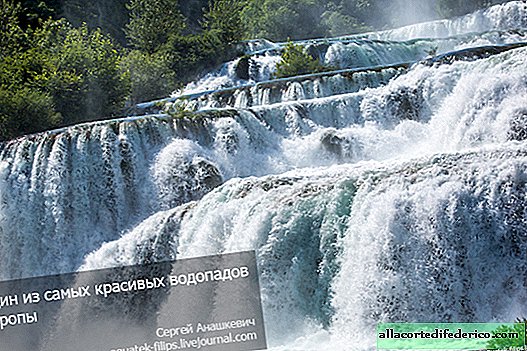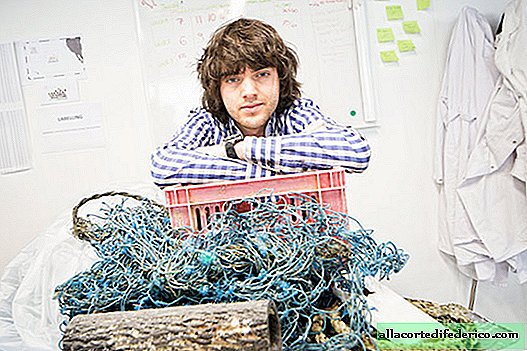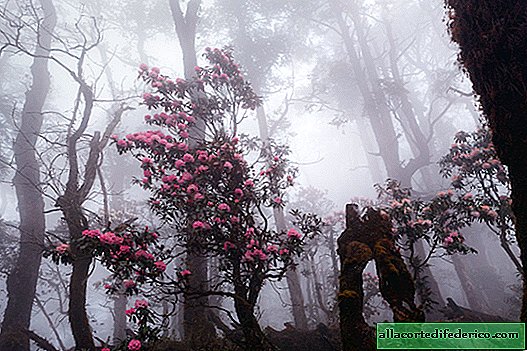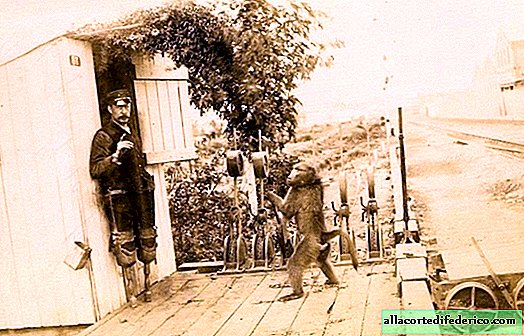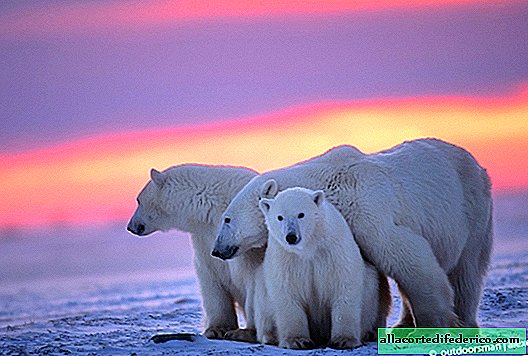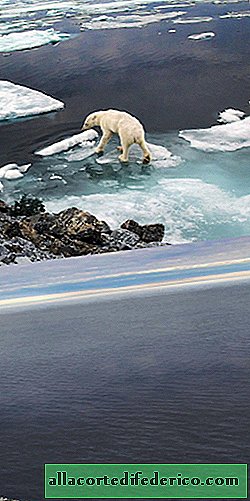Aral Sea: hope for salvation
A few centuries ago, the area of this reservoir was so large that it was called the sea. The Amu Darya and Syr Darya carried their waters through the hot deserts and filled the Aral with life-giving moisture. The Aral Sea was home to 34 species of fish, and fishing enterprises mined up to 60,000 tons of fish resources here annually. But everything changed in the middle of the last century. And the ecological balance that has existed in this region for many years has been replaced by a period of degradation.
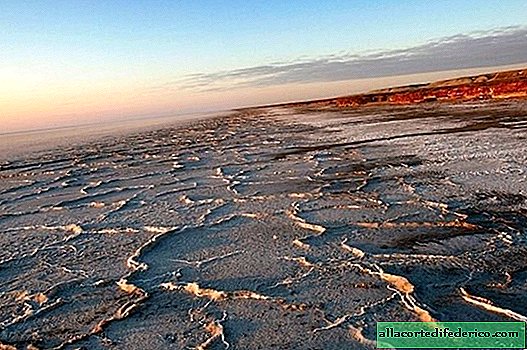
The interfluve of the Syr Darya and Amu Darya since the 30s has become the largest cotton growing region in the world. Irrigating the cotton fields and ensuring the livelihoods of a growing population in the desert required more and more moisture, which was taken from the Amu Darya and Syr Darya. At the end of the 50s of the 20th century, the Aral Sea was a large drainage lake with an area of 68,000 sq. km But since 1961, sea level has been steadily declining, and by 1989 there was a division of the reservoir into two parts: the Northern Aral and the Southern Aral (large in area). In 2003, the South Aral already consisted of two reservoirs connected by a narrow strait. Due to increasing salinity, the entire aquatic ecosystem degraded, fish and most microorganisms became extinct. The reason for such rapid shallowing was climate change in the region: climate aridization and increasing evaporation costs also reduced the area of the reservoir. But scientists estimate the contribution of these factors to the Aral Sea disaster at the level of 10-15%.

International organizations, the leadership of Kazakhstan and Uzbekistan, on whose territory the Aral Sea is located, have been developing measures to save this reservoir since the 90s of the twentieth century. But after large-scale studies, scientists came to the conclusion that it is not possible to recreate the Aral Sea at its original borders. It was decided to save at least its northern part. In 2003-2005, the Kokaral dam was built with a length of 17 kilometers, which separated the Northern Aral from its southern part. Thanks to this, the Syr Darya river began to fill the northern part of the reservoir and its level began to rise. Today in Kazakhstan, on the territory of which the Syr Darya River flows, which flows into the Northern Aral, a project is being implemented to save this part of the sea. Measures are being taken to limit the intake of water from the river, which have already yielded positive results. As of 2017, the water level in the Northern Aral began to increase, and salinity decreased. Along with this, a fish appeared, even its fishing resumed. But so far there is no hope for the restoration of the Aral Sea in its former borders.

The catastrophe of the Aral Sea demonstrates how quickly the natural balance can be disturbed with rash human intervention. One can only hope that this sea did not die in vain. Let his history serve humanity as a lesson and warn against similar mistakes in the future.

